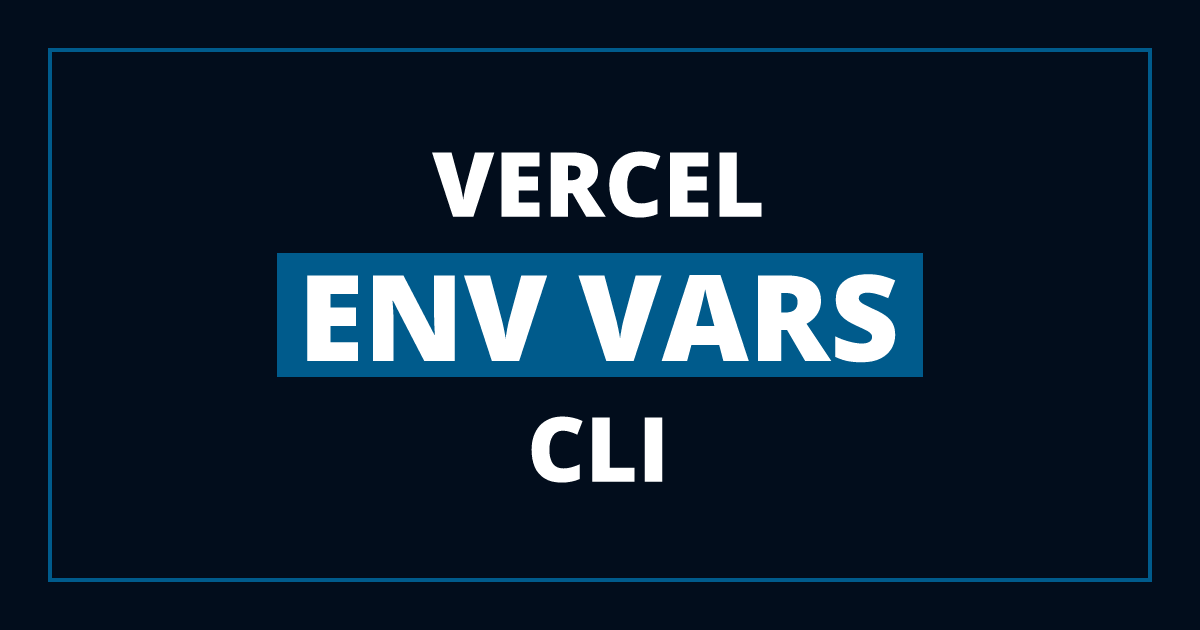
Simple Management of Environment Variables with Vercel Env
Simplify your local development with Vercel Env! Manage environment variables effortlessly and enhance your workflow with this powerful CLI tool.
Are you tired of manually setting up environment variables every time you work on a local development project? Vercel has a solution for you! Using Vercel Env from Vercel CLI can save you time and trouble, allowing you to work more efficiently and happily.
What is Vercel Env?
Vercel Env is a command-line interface (CLI) tool that makes it easy for you to manage environment variables in your local development environment. It enables you to export your project's environment variables to a local file, such as .env, that can be used by local development tools like next dev. You can also use vercel env to list, add, or remove environment variables from your Vercel project.
Benefits of Using Vercel Env
Improves local development workflow: Vercel Env simplifies your local development workflow, making it more efficient and enjoyable. With Vercel Env, you can easily manage your environment variables and focus on writing code.
Easy to use: Vercel Env is easy to use, even if you're new to the command line. With just a few simple commands, you can list, add, or remove environment variables from your Vercel project.
How to Use Vercel Env
Install
Install the Vercel CLI by running the following command in your terminal:
npm i -g vercel
Pull
Run the following command to export your project's environment variables to a local file:
vercel env pull <file>
This will export your project's environment variables to the specified file (e.g., .env).
List
To list all environment variables in a Vercel project, run the following command:
vercel env ls
Add
To add an environment variable to a Vercel project, run the following command:
vercel env add
Remove
To remove an environment variable from a Vercel project, run the following command:
vercel env rm
You'll be prompted to enter the name and value of the environment variable you want to add or remove.
Note: After updating environment variables on Vercel (via the dashboard, vercel env add, or vercel env rm), run vercel env pull <file> again to get the updated values.
Conclusion
In this blog post, we've explored the features and benefits of using the Vercel CLI env commands. If you're a modern web developer looking to simplify environment variable management during local development, vercel env is the perfect tool for you. Check out other blog posts on this site to learn more about other useful tools for modern web development. Happy coding!